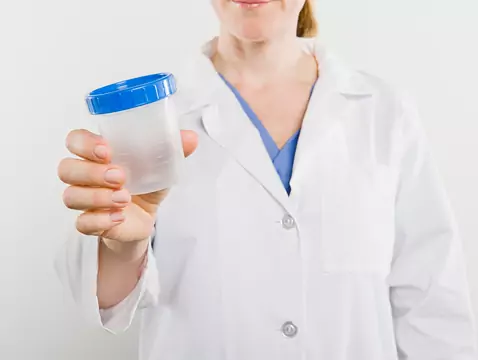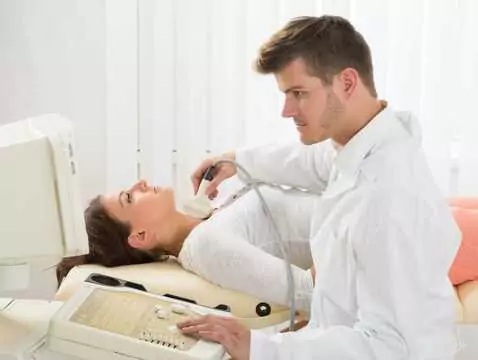The coexistence of endometriosis with infertility is a common pathology in women of reproductive age. Unfortunately, there are no precise data on the causal relationship between the two pathologies, and therefore, when determining the treatment regimen of a patient having difficulty getting pregnant with diagnosed endometriosis, it should be treated individually.
Recent research suggests that the cause of fertility problems in some women with endometriosis may be due to abnormal changes in the activity of the gene encoding the protein L-selectin during the fertile period of the menstrual cycle. Decreased levels of this protein can have a significant impact on the ability of the embryo to implant in the endometrium. Problems with proper implantation of the fertilised ovum in women with endometriosis may be due to abnormalities of the humoral as well as cellular immune response.
When a woman presents to the practice with primary or secondary pregnancy difficulties, the possibility of coexisting endometriosis should be taken into account. Taking a thorough history will allow the diagnosis to be correctly targeted.
With coexisting endometriosis, the patient may present with complaints such as:
- painful menstrual periods,
- chronic pelvic pain,
- pain during intercourse,
- pain during defecation,
- short cycles,
- prolonged menstrual bleeding,
- history of endometriosis in family members,
- past operations on the uterus
- long interval since last pregnancy.
In the case of endometriosis, changes such as:
- nodular changes in the sacro-uterine ligaments,
- pressure soreness,
- cysts in the appendages (much more often on the left side),
- persistent uterine retrogression.
Treatment of endometriosis
The correct therapeutic management process in infertile women diagnosed with endometriosis still raises many doubts and controversies. This is because it is difficult to establish a uniform management regimen, due to the variety of many factors that need to be taken into account before determining the therapy. First of all, the patient's age, the duration of infertility, the stage of the disease or the presence of concomitant symptoms should be taken into account. Therapy should be tailored individually to each woman with endometriosis having difficulty getting pregnant.
When the duration of infertility is short and the severity of the disease is slight, symptomatic treatment and expectant management are preferred. For infertility coexisting with endometriosis, hormonal treatment, with gestagens, danazol or GnRH analogues, is not recommended, as there is no evidence that drug treatment increases fertility. Better results are achieved when surgical treatment is used, whether ablation or excision of endometriosis foci with release of adhesions will be performed via laparoscopy or during a traditional laparotomy. It has been shown that this treatment modality can improve fertility rates even in cases of moderate to severe endometriosis. Treatment of endometriosis foci also improves spontaneous pregnancy rates.
A beneficial therapeutic option for infertile women with endometriosis is assisted reproductive techniques (IVF - in vitro fertilisation). Prior to IVF, a laparoscopy is recommended, during which the endometriosis foci and any adhesions are removed. If there are endometrial cysts of more than 4 cm, removal is recommended before proceeding with IVF. Both cysts and endometriosis foci can make it difficult to access the ovary to obtain an egg for IVF. There is also an increased risk of complications such as cyst rupture or infection.
Recommended management:
- Endometriosis grade I/II: Before 35 years of age - laparoscopy, ovulation stimulation, intrauterine insemination. After 35 years of age: laparoscopy, ovulation stimulation, intrauterine insemination or IVF-ET programme.
- Endometriosis stage III/IV - surgical treatment, in vitro fertilisation programme.
Due to the multifactorial nature of both endometriosis and infertility, it is still difficult to clearly assess the impact of these pathologies on each other. The progress of medicine and, consequently, the ever-new possibilities of discovering the pathoetiological mechanisms of the individual factors affecting endometriosis and infertility make it possible to learn more and more about the relationship between them. There are still many questions that need to be answered in order to gain a better understanding of these pathologies that so often co-exist, and thus develop treatment regimens that limit the development of the disease, combat its symptoms, as well as increase the percentage of pregnancies achieved in women suffering from endometriosis.









